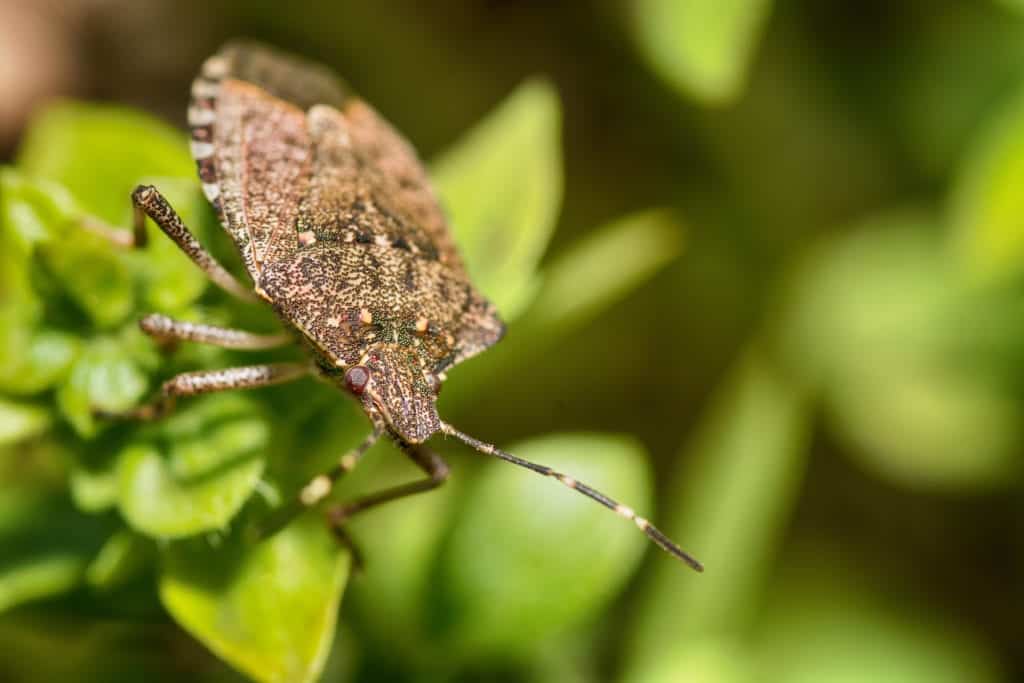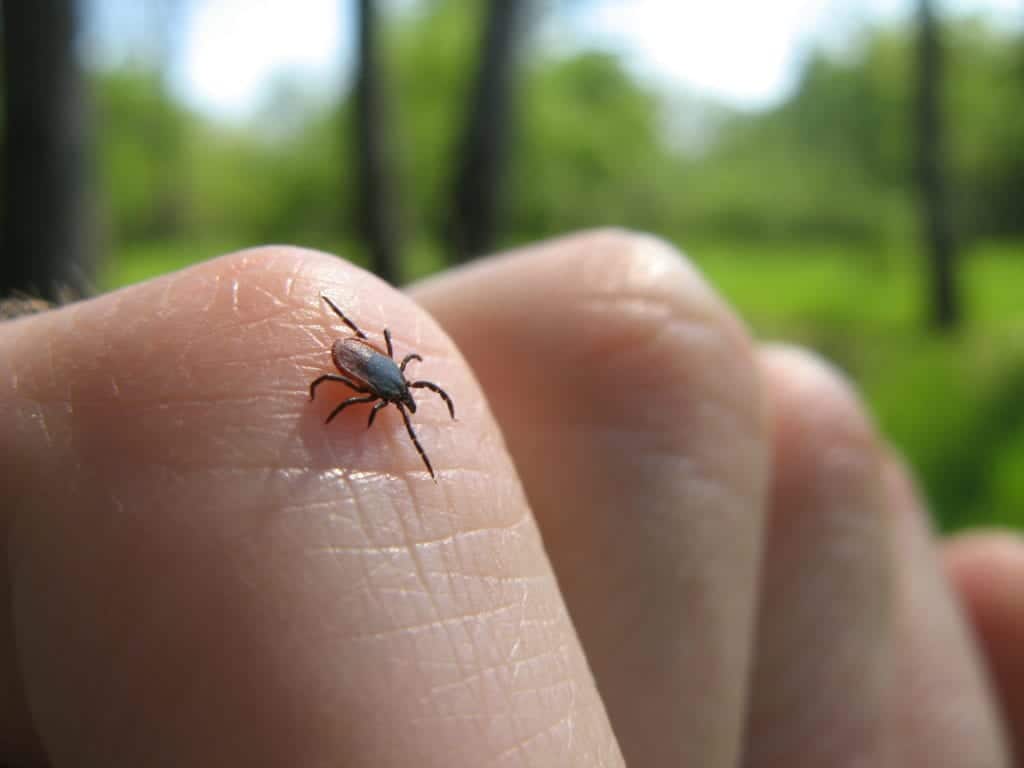Insects vs Bugs vs Arachnids
Insects vs Bugs vs Arachnids
Taxonomy
While these terms are sometimes considered one and the same (especially with respect to insects and bugs) they are actually not the same things. Each of these terms refer to a category within taxonomy. Taxonomy is the scientific identification and classification of organisms through the use of hierarchical categories. All known creatures both alive and extinct have undergone taxonomic classification, from being members of a broad category, all the way down to their specific species. There are 8 taxonomic categories starting with the largest umbrella categories and becoming more specified with each following level. The categories include: Domain, Kingdom, Phylum, Class, Order, Family, Genus, and Species. Domain – This classification divides all organisms into three groups: Bacteria, Archaea (micro-organisms), and eukaryota (all organisms that have a nucleus in their cells). Kingdom – Under the domains, organisms are divided further. For eukaryota the division comes down to three kingdoms Animals, Plants, Fungi, and Protists Phylum – This is where the division between groups gets more complicated as each of the kingdoms are separated into another layer of classification. For example, Arthropoda’s or Invertebrates. Class – This level of breakdown sees creatures that are more similar being divided into closer knit groups. For example, Athropoda is broken down into insects, crustaceans, and more. Order and Family – These terms are often very similar to one another as the organisms at this level are very similar. In the case of grass, it belongs in the order Poales and in the family Poaceae. Genus and Species – These two classifications dictate the scientific name for any given organism. For example, bed bugs are Cimex lectularius while their sister-species, bat bugs, are referred to as Cimex ajunctus. As an example of the whole taxonomical classification in use at once, modern day humans are defined as follows: Domain – Eukaryota Kingdom – Animalia Phylum – Chordata Class – Mammalia Order – Primates Family – Hominidae Genus – Homo Species – Homo Sapiens Sub-Species – Homo Sapien Sapiens Insects are all divided in the same way and the terms “insect,” “arachnid,” and “bug” refer to two different classes and one order. 
Insects
Typically, insects have six legs, a pair of antenna, and a segmented body broken down into the head, thorax, and abdomen. The term “insect” derives from the class name Insecta, which is part of the phylum Arthropoda (members of the animal kingdom that have exoskeletons). Broken down with taxonomical classification, it looks like this: Domain – Eukaryota Kingdom – Animalia Phylum – Arthropoda Class – Insecta As such insects are made up of a series of orders, families and so forth. This includes a lot of creatures such as ants, bees, dragonflies, beetles, wasps, grasshoppers, flies, butterflies, cicadas, stink bugs and more. Some of those are bugs… some are not. Bugs are an order in the class Insecta. This means all bugs are insects, but not all insects are bugs. 
Bugs
The scientific term for ‘bugs’ is Hemiptera, which is an order. It is taxonomically divided as such: Domain – Eukaryota Kingdom – Animalia Phylum – Arthropoda Class – Insecta Order – Hemiptera Hemipteras are considered ‘true bugs’ and have distinguishing characteristics including straw-like mouth appendages called stylets, segmented antennae, and, in some cases, wings that are dark at the connection point to the abdomen and lighter or translucent towards the ends. ‘True bugs’ include bed bugs, stink bugs, aphids, and cicadas. Surprisingly, there are a great number of creatures with the term bug in their name that are actually not true bugs such as ladybugs, lovebugs, and June bugs. 
Arachnids
Just like insects, ‘arachnids’ are actually a class scientifically known as Arachnida. Domain – Eukaryota Kingdom – Animalia Phylum – Arthropoda Class – Arachnida Arachnids have eight legs, simple eyes (instead of compound eyes), lack antennas and wings, and have segmented bodies broken down into two parts (unlike the three in insects). There are over 100,000 different species of arachnids including spiders, ticks, scorpions and mites to name a few. 
Citations
Debczak, M. (2019) What’s the Difference Between Bugs and Insects, Mental Floss. Available at: https://www.mentalfloss.com/article/579236/whats-difference-between-bugs-and-insects (Accessed: October 2020). The Difference Between an Insect and an Arachnid (2020) Allan’s Pet Center. Available at: https://allanspetcenter.com/the-difference-between-an-insect-and-an-arachnid/ (Accessed: October 2020). Taxonomy (2020) Basic Biology . Available at: https://basicbiology.net/biology-101/taxonomy (Accessed: October 2020). Warshaw, B. (2018) What’s the Difference Between a Bug and an Insect?, What’s the Difference? Available at: https://www.whatsthediff.org/blog/2018/12/11/whats-the-difference-between-a-bug-and-an-insect/ (Accessed: October 2020). What is aa Bug? Insects, Arachnids, and Myriapods (no date) The Museum of New Zealand. Available at: https://www.tepapa.govt.nz/discover-collections/read-watch-play/science/your-bug-questions-answered/what-bug-insects-arachnids (Accessed: October 2020).
Request a Free Quote Today
(We do not share your data with anybody, and only use it for its intended purpose)


